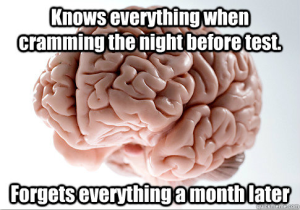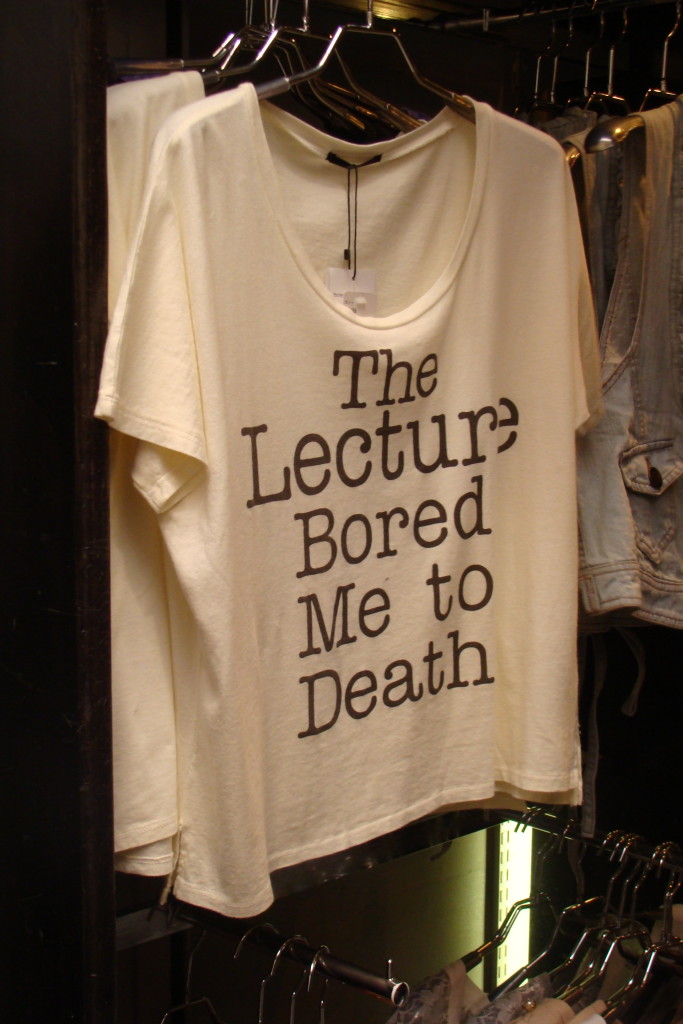I promise that the third part of my series ‘the university of the future’ is still coming up! I got distracted… Over the weekend I read some documents about transferable skills, which reminded me that I had an idea for an article about them way back in 2007 around the time I was writing my ‘the graduate attributes we’ve overlooked’ paper. Here are some of the thoughts I was going to put into the paper I never managed to write.
For the last 20 or so years, the dominant way that universities have demonstrated their engagement with the graduate
employability agenda is through the notion of development of generic (aka transferable aka soft aka key) skills. By definition, these skills are non-task and non-context specific, and they are argued to enhance graduate employability by appealing to all employers. The argument is that once learned, these skills can be transferred from context to context – they can be applied across different subject domains. A few examples of generic skills include (there is no universally agreed list): written communication, teamwork, digital literacy, problem solving, and information literacy.
The generic skills approach is a simple one, and it has a lot of appeal. We teachers can map our curricula to demonstrate that we are teaching these skills through our programs; students can cite that they possess these skills when they develop their resumes; recruiters can easily find skills matches between job advertisements and applications; employers can be happy that they are employing graduates with the right kinds of skills.
The problem with all of this is that generic skills don’t actually exist. There is no such thing as a non-task, non-context specific skill.
Skills are learned in specific contexts and through specific tasks, and they are deployed in specific contexts through specific tasks. These specific skills that are acquired and deployed in specific contexts and tasks may have features in common, and this is what the generic skills approach does. However, to point to the presumed features in common to the exclusion of the specificities is what I would describe in an academic paper as ‘highly problematic’, and what I will describe here as superficial and dangerous. It lulls educators into a false sense that we’re covering off on the capabilities that are important, when in fact this is not necessarily the case.
It leads to the practice of context / domain / discipline ‘free’ skill development, which rather than being without domain/discipline/context (impossible!) asks students to learn generic skills in domains/disciplines and contexts completely alien to those in which they will be applying those skills in the future. Examples of this include generic written communication and information literacy courses one sometimes sees in foundational university programs. The challenges here are first that students can’t see the immediate relevance of, or have interest in, what they’re studying, so engagement tends to be lower. Second, they have trouble translating the skills they’ve learned into other contexts and applications later on. This translation is not a simple ‘transfer’ – it is a complex process involving assessment of which previous learning can simply be applied, what needs to be changed for the new context and how, and which entirely new things need to be learned and how. The process of translation is made much more difficult by greater differences between the specificities of the first context and the second.
The easiest way to build skills that employers are going to find appealing is to make the skill acquisition specificities as close as possible to the application and deployment specificities – or, put another way, make the learning activities as authentic as possible. This means that less translation is required between learning experience and work experience. However, students continually encounter new situations and tasks and will therefore need to engage in skills translation throughout their lives. No two learning/skill application contexts are the same. Therefore we must scaffold and support students to build what I’m calling skills translation bridges for themselves — that is, we must teach how the specific skills learned in one context can be translated for the specificities of a new context.
To what extent and how do you build skills translation bridges in your teaching?

“Bridge” by Astrid Westvang is licensed under CC 2.0


